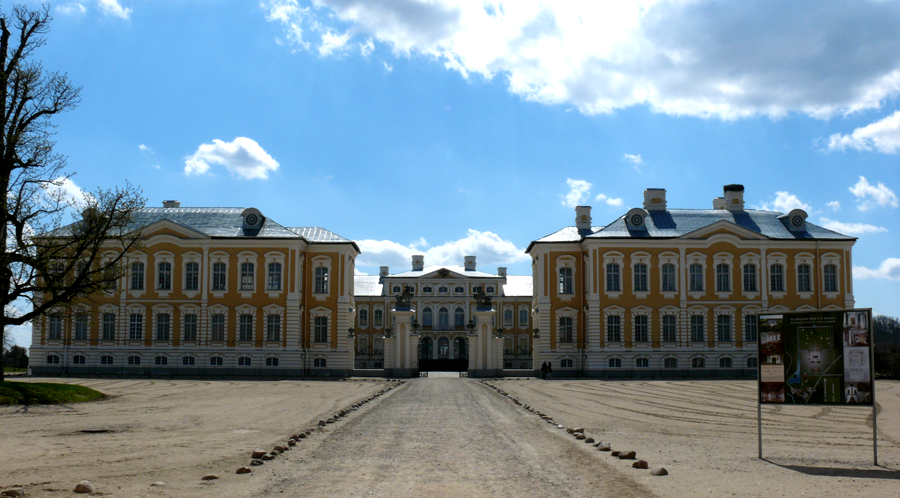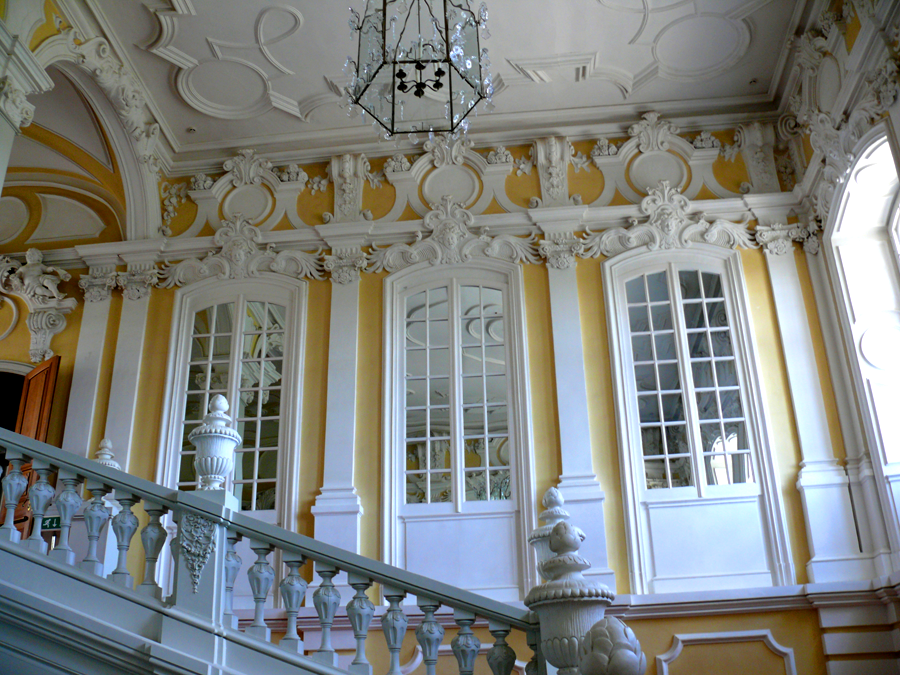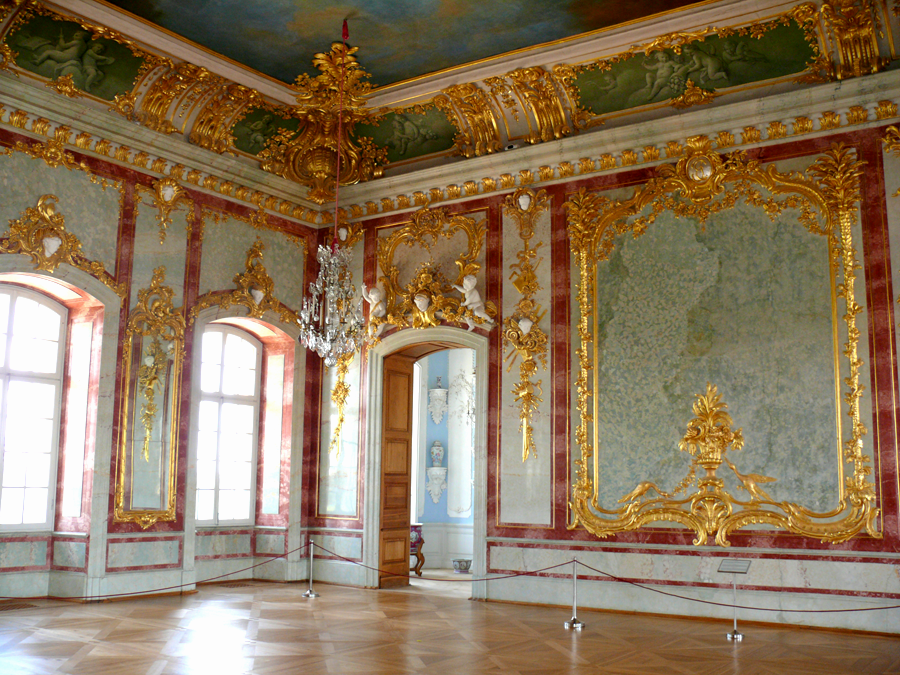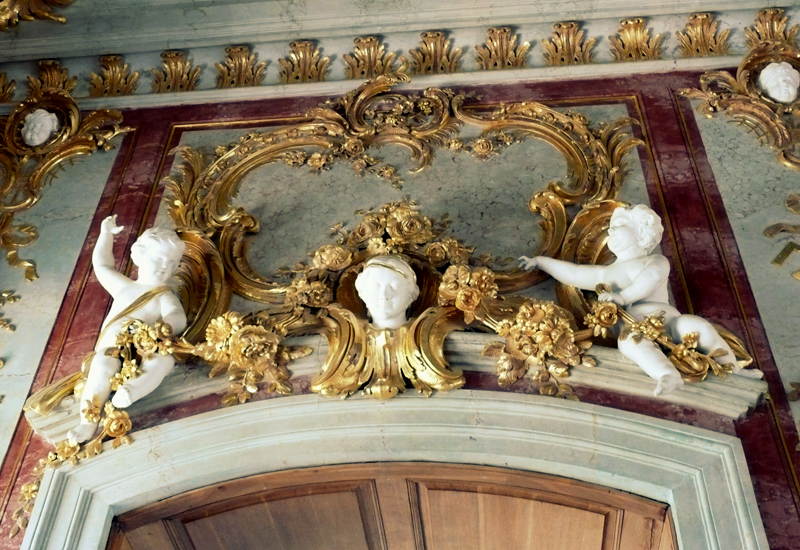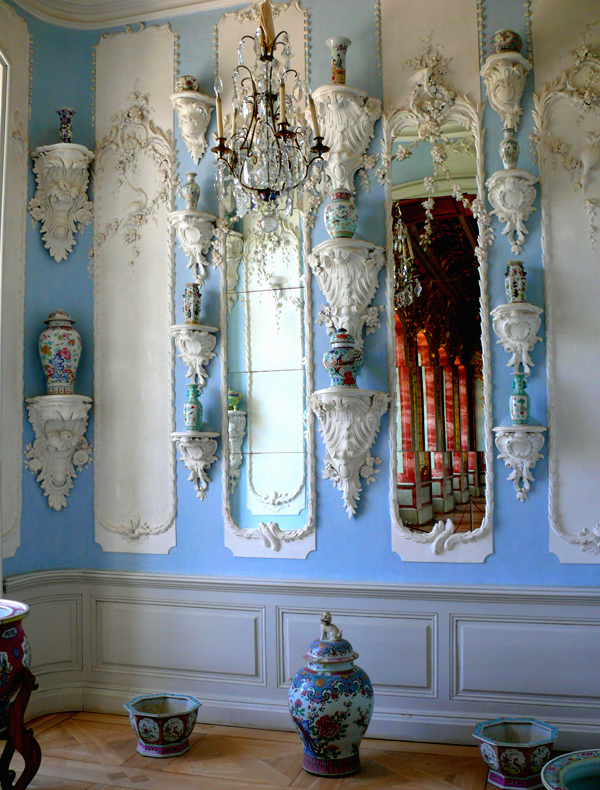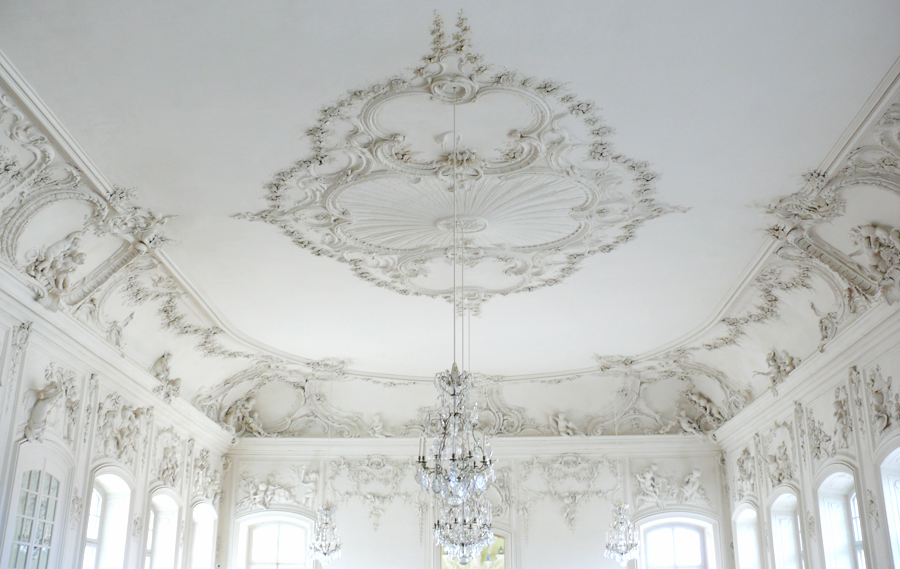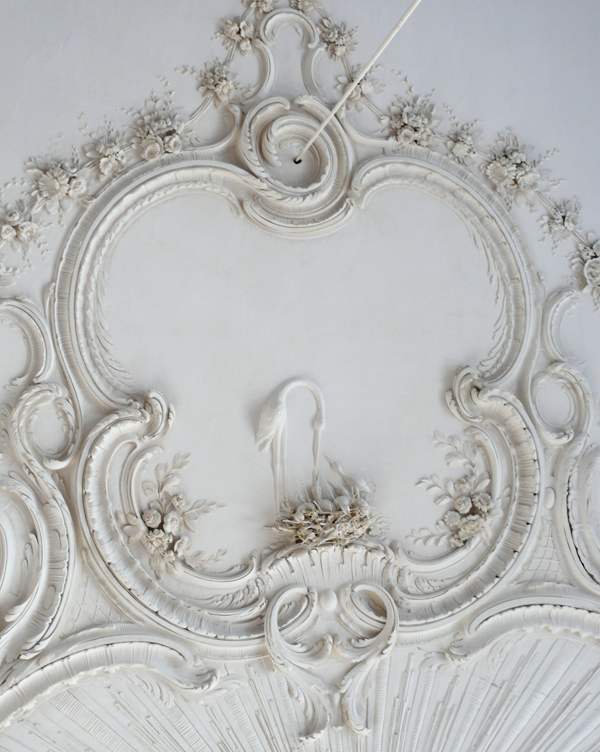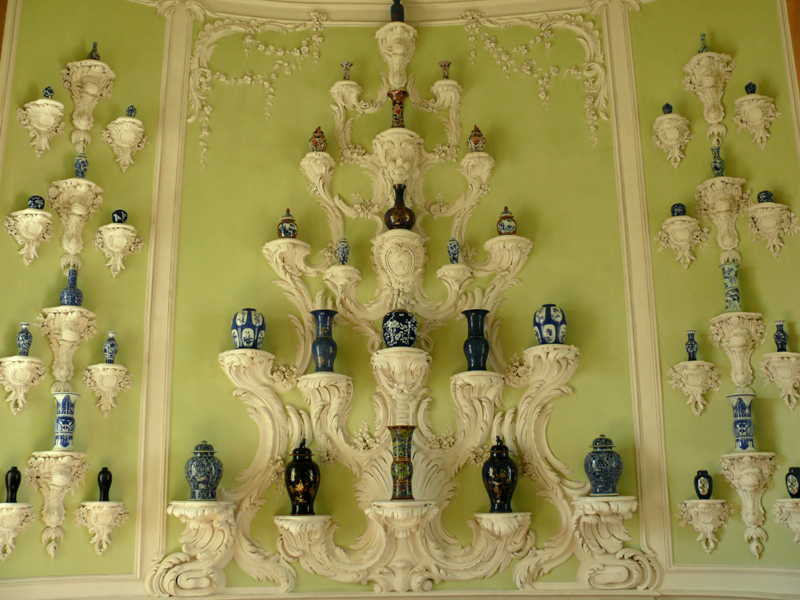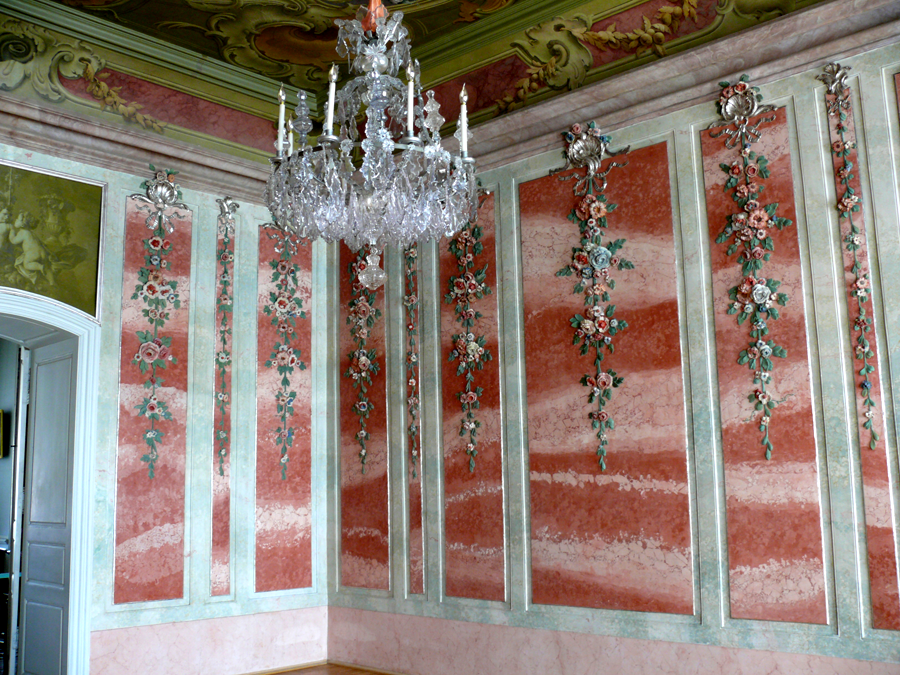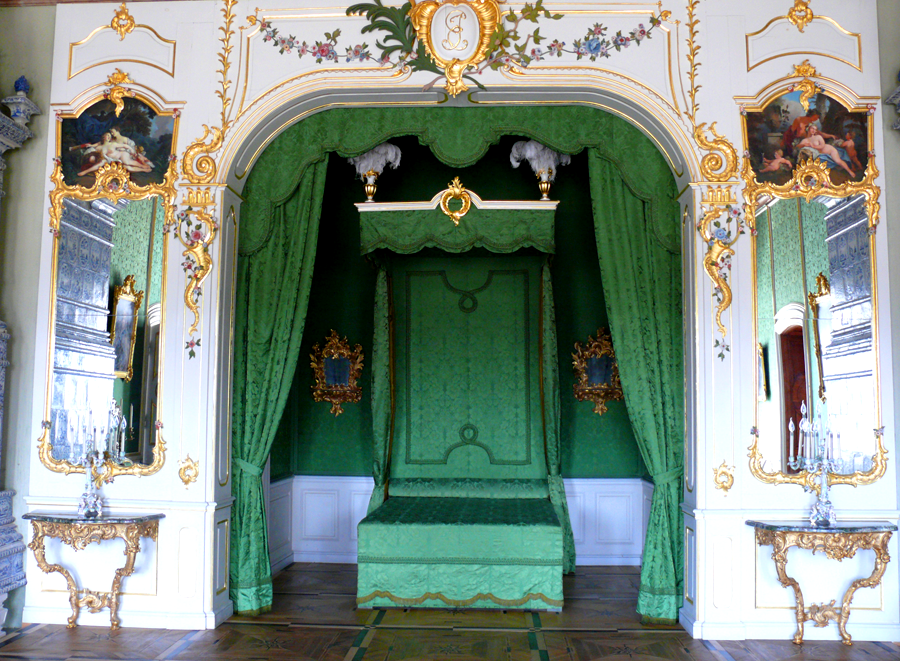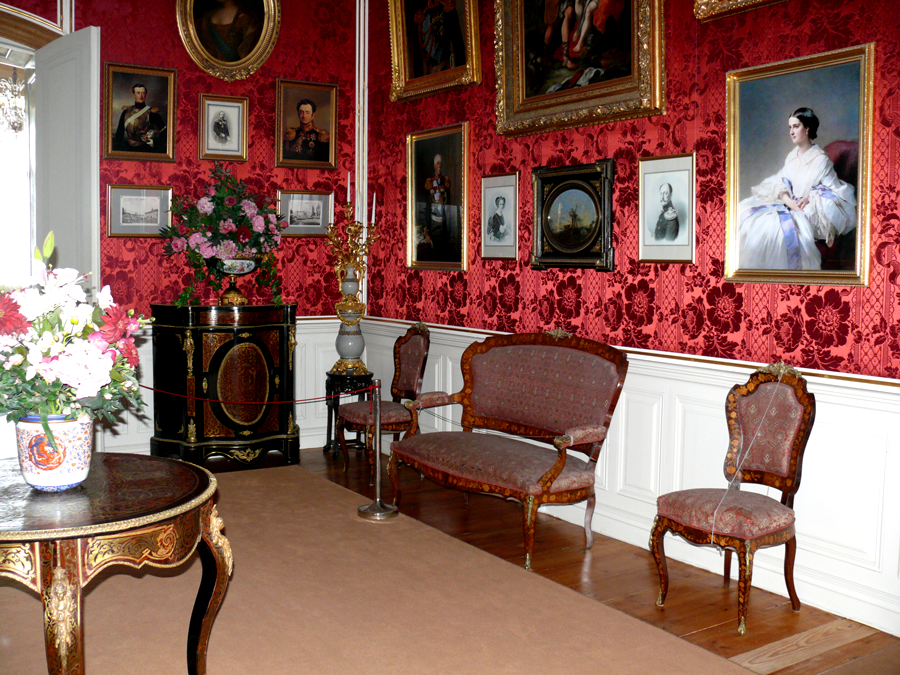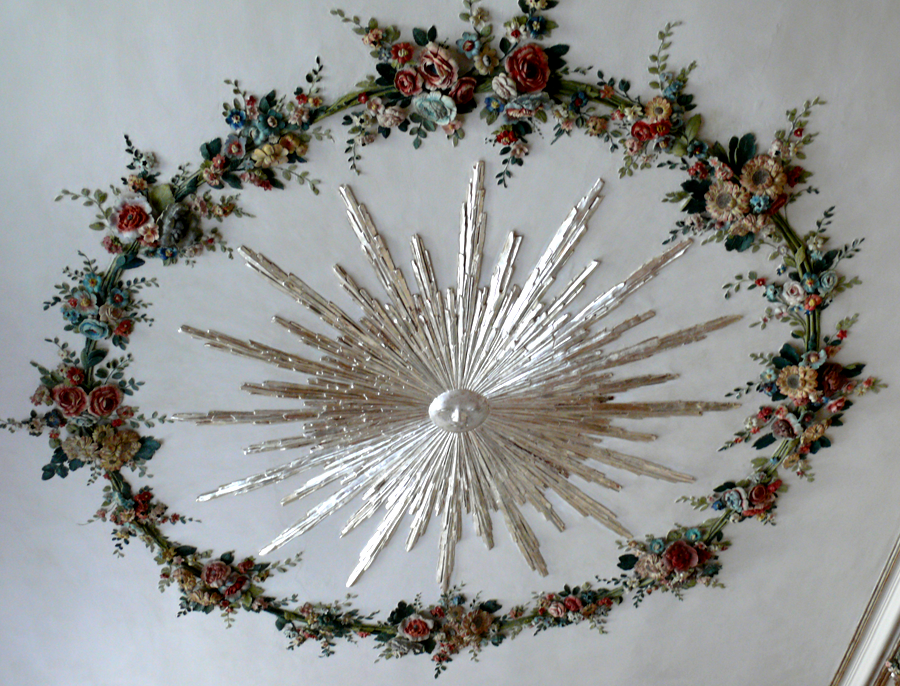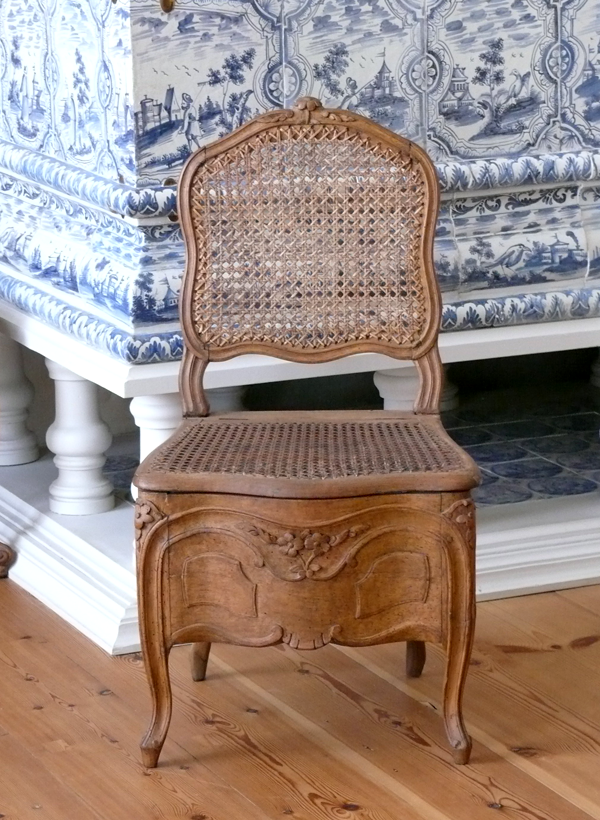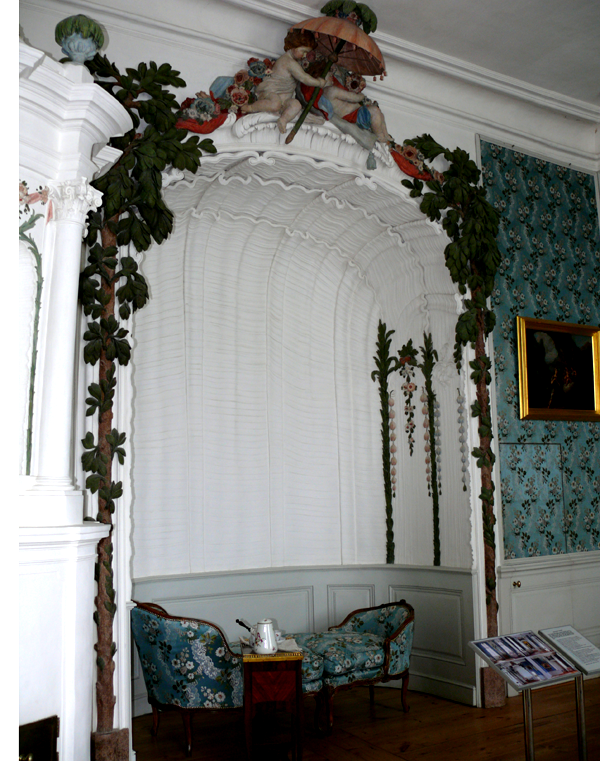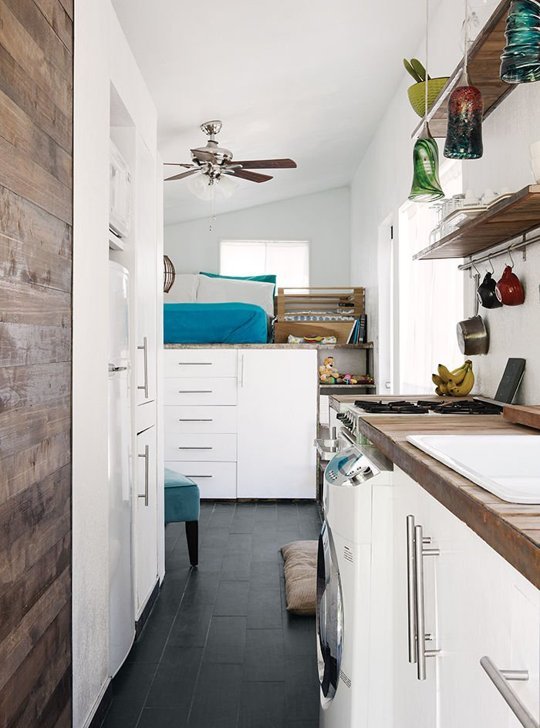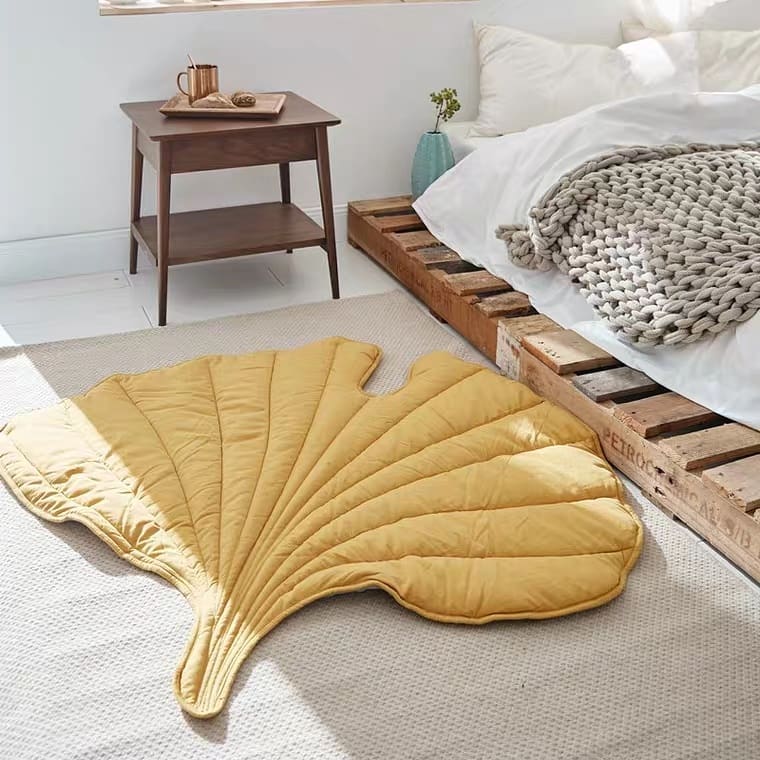Rundāle Palace: the hidden gem of Latvia
Latvia is an amazing country for vacation. Whether you want to explore magnificent Art Nouveau architecture of Riga or enjoy aristocratic leisure in the old manor house, you will be surprised and delighted by the amount of attractions this beautiful country has to offer. One thing you definitely shouldn’t miss is the spectacular Rundāle Palace, which I can personally describe as the ‘Vesailles of Latvia’.
Built and decorated by the best architects and designers of the time, the Palace can be a visual guide for studying history of styles of the XVIII century. We spent several hours inside it and I believe I made a thousand photographs. Every little detail of the stunning interiors of the Palace is worth attention because is done with meticulous care and exceptional craftsmanship.
Located in the middle of countryside the magnificent look of the Palace makes even stronger impression because of the contrast with rural and simple surroundings.
Rundale Palace was built by famous Italian architect Francesco Bartolomeo Rastrelli, who spent most of his life living and working in Imperial Russia. Initially it was a summer residence of Ernst Johann von Biron, the Duke of Courland, later on it had changed several owners.
The construction works started in 1730s when Biron was on the peak of his power and his influence over the Russian queen Anna Ivanovna was paramount. After her death in 1740 Biron was banished for life to Siberia. The building of his residence was frozen at the time. The construction works restarted again only in 1762 when he was returned from Siberia and re-established in his duchy. These historical facts explain the differences in the interior decorations of the Palace: the taste of the architect as well as the design trends have significantly changed over this long period. The upper floor was refurbished in Rococo style and only two Parade staircases and Small Gallery on the second floor have maintained their original look.
The Parade Staircase was built in 1730s – this was the time when Rastrelli was fascinated by Baroque style. How to define the style: you may notice a strict symmetry of elements, the room has solemn and formal look. The main decorative elements are columns and arches, C-shaped curves, human masks and cartouches.
The sumptuous Gilded Hall is decorated in German Rococo style. This was the most luxurious and significant room in the Palace designed for state gatherings. How to define the style: asymmetry of decorative elements, opulence and grandeur, elaborate and flowery ornaments, abundant gilded decoration. Favorite colours are pastel pink, lilac, blue and green (usually well combined or used individually). Frequent decorative elements are Rocaille, S-shaped and C-shaped curves, acanthus leaves, birds and flowers, chubby babies.
Rococo style has coincided with fashion for all Chinese – Chinoiserie. All noble houses and palaces used to have some secluded rooms or boudoirs decorated with Chinese furniture and wallpaper. In Rundale Palace Gilded Hall has a hidden connecting room with a spectacular collection of precious Chinese vases:
One of the talents of Rastrelli as architect and designer was in his skill to decorate the room according to its purpose. For example, the Gilded Hall was intended to impress the visitors and show the power and authority of the owner, while the dancing hall was made totally white which creates a very relaxing and frivolous mood. Here all the attention is drawn to the beautiful and elegant dresses of the guests.
From the first glance it seems that stucco decorations on the ceiling and walls are absolutely symmetrical, while looking closer you can define that all of them have unique ornament (the complex flowery embellishments indicate Rococo style). Every detail is done with scrupulous care: e.g., this stork nest on the ceiling is made with real branches covered with plaster.
The Porcelain Room at the White Hall is one of the most spectacular rooms in the palace. The walls have amazing stucco decorations made in the shape of waterfall which serve as shelves for rare Chinese and Japanese vases:
Almost every room of the palace has a tiled stove (can you imagine how difficult it was to organize a proper heating system for such a huge house?!). Every tile was hand painted and had a unique design usually picturing hunting or pastoral scenes.
The Rose room is a real surprise for a visitor. Decorated with pink artificial marble and flamboyant stucco ornaments it has a very romantic and tender look. The decor of this room is typical for Berlin and Potsdam palaces and represents German Rococo, which is characterized in particular by this pastel pink colour, using silver instead of gold, and painted stucco flower decorations.
The Duke’s bedroom is decorated with all the pomp and splendor, which is not surprising because sometimes the duke could meet his guests here: this kind of ‘gala’ rooms were meant to show to the public.
In the XIX century some of the rooms were reconstructed by the new owners of the palace – family Shuvalov. This was the time of Rococo Revival which is often called Second Empire. How to define the style: bold and opulent decor, elements of Rococo are intentionally exaggerated and overdone. In the Shuvalov’s room we can see french Boulle furniture made in marquetry technique.
What I like when I visit historical buildings is to imagine everyday life of people from the different epochs. Some of the items they used we never see nowadays and sometimes it is difficult to understand their original purpose. For example, this beautiful carved chair made by Pierre-Claude Turcot served as a chamber pot:
One of the most beautiful and cozy rooms in the Palace is the Boudoir of the Duchess. It has an alcove in the shape of the huge shell, on the top of which two children are holding umbrella. This niche was designed to accommodate a daybed. The type of bed we see here is called duchesse brisée (broken duchess) and usually consists of two or three parts which can be used separately.
Unfortunately it was cold and we couldn’t enjoy the fantastic baroque garden of the Palace. During the summer you can spend hours walking among broad alleys, pergolas and gorgeous rosebushes.
Want to learn more about various interior styles? Check my “HISTORY OF STYLES” book:
[ebook_store ebook_id=”15760″]

